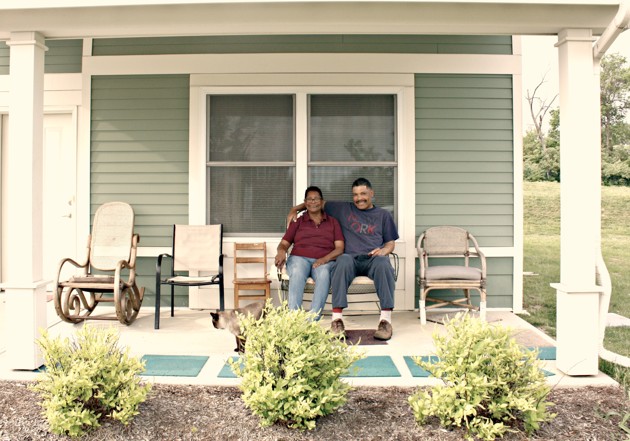Re-Post From WIVB
BUFFALO, N.Y. (WIVB) — For the first time in its history, those who make up Buffalo’s minority population have become the majority. And while the result is a more racially or ethically diverse population, some officials say it also signals something else.
“We have worked to be more inviting of all people,” said Mayor Byron Brown at City Hall Tuesday. “People of all backgrounds, of all races, of all faiths, we are working together collectively in this community to build a city of opportunity for all people.
“We are very pleased that people are embracing the diversity of this community,” he said. “We are celebrating our diversity. We are learning about the different cultures that exist in our community.”
Brown exemplified that mentality Tuesday while welcoming members of a business contingency from China that operates a company at the Buffalo Niagara Medical Campus. They’re considering an expansion.
“Communities that support and respect their diversity are more vibrant, they’re more progressive, and they see more economic development and job growth, and that’s what we’re seeing in the city of Buffalo,” Brown said.
Resident Gina Davis, who lives near Martin Luther King Jr., Park, agreed.
“I look it as a positive thing because at one time, Buffalo looked like it was a forgotten city,” Davis said. “And now with such diversity, it’s beautiful.
“There has been a lot of racism in the city of Buffalo, and I think with them moving back into the city, I think it’s a good thing. I think it’s a good start for unity,” she said.
While celebrating diversity is an important step toward equality, such population shifts also signal inequality, when it comes to resources, says Dr. Henry Louis Taylor, Jr., professor of Urban Planning and History, and the director of the Center for Urban Studies at UB.
“We should celebrate the upward trajectory of this place,” he said. “But at the same time, we should condemn metropolitan inequality. We should condemn the fact that people can escape their responsibilities as citizens of Erie County simply by changing their addresses.
“Whites are continuing to move out into the suburban region,” Taylor said. “It means its overall tax base is still declining, while the challenges it faces are continuing to increase. Which means less money that will be available for struggling suburbs like Lackawanna, or even places like Cheektowaga, where problems are much greater, and the inner cities.
Whether it’s white flight or a chance to celebrate diversity, experts believe the trend will continue. And only time will tell whether it’s in the best interests of the city of good neighbors.
Link to full article: http://wivb.com/2015/09/22/latest-census-stats-show-minorities-now-buffalos-majority/





